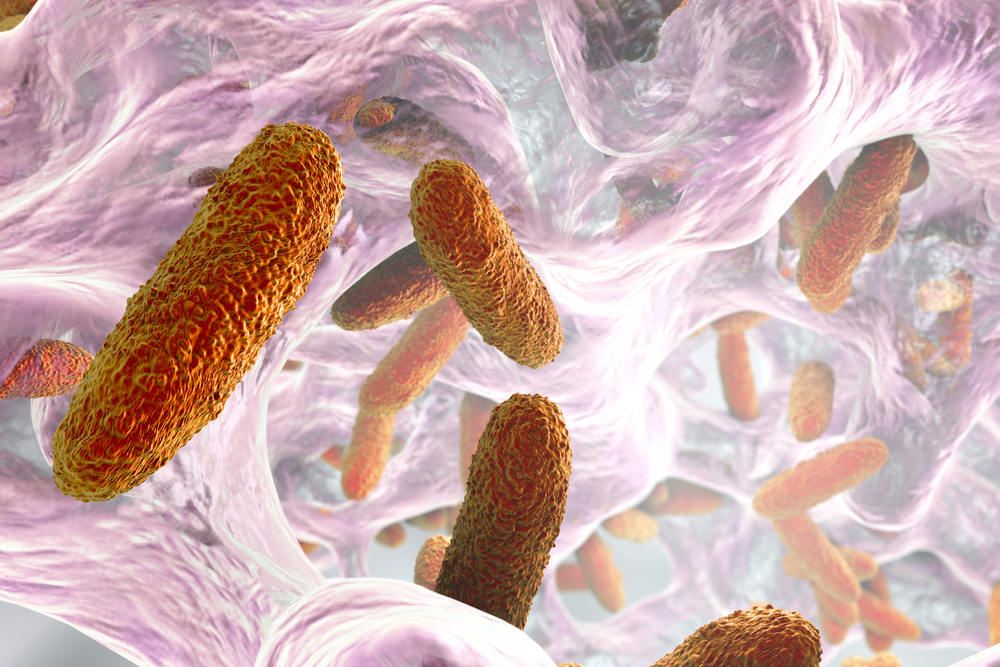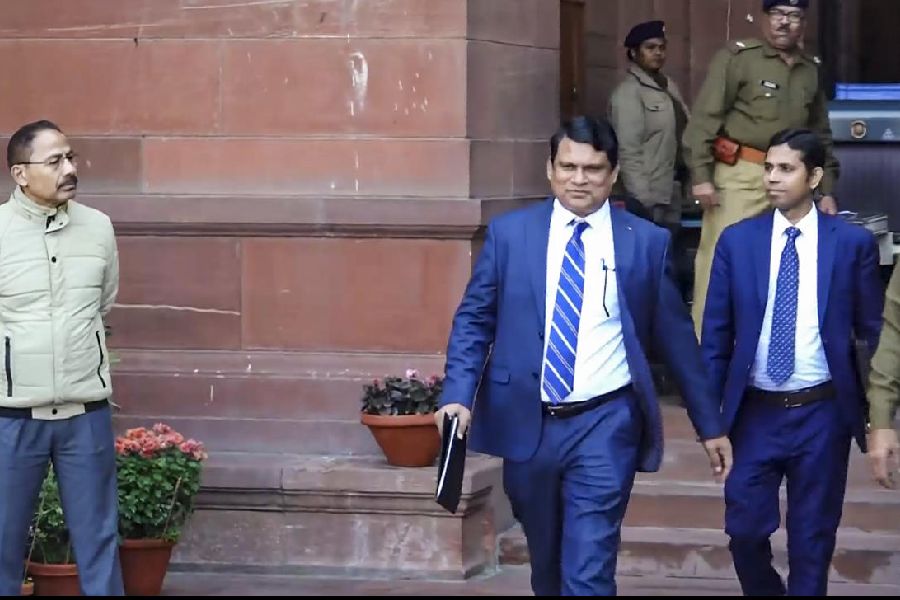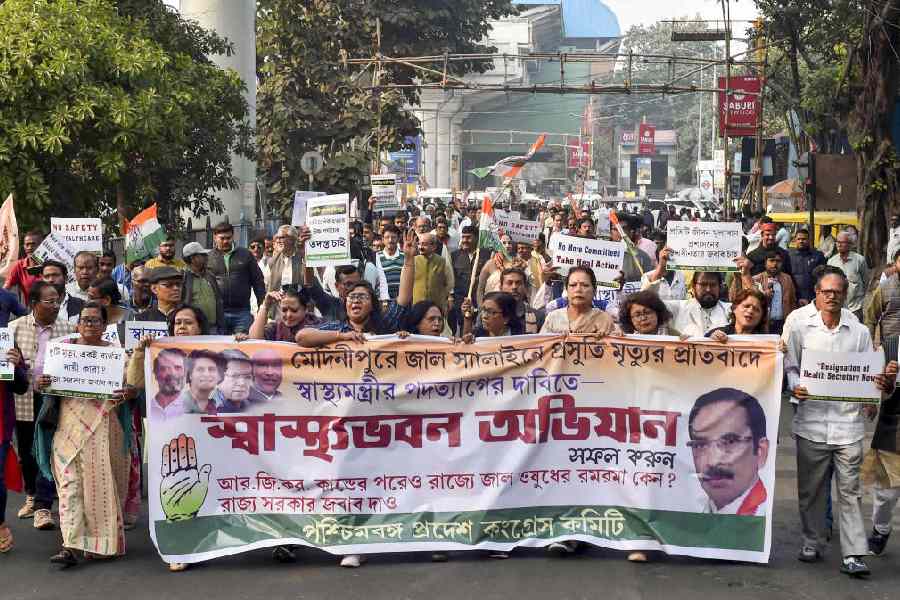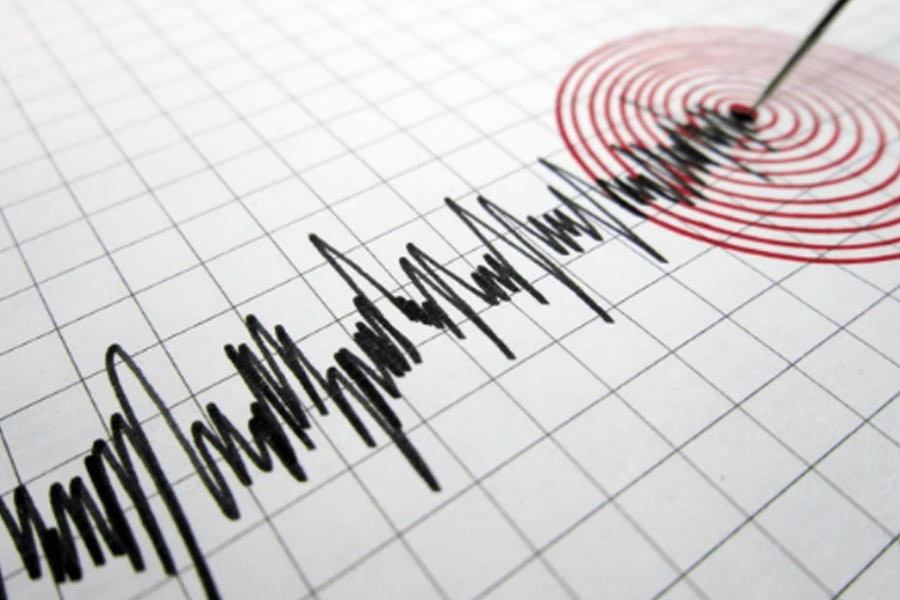There are no quick fixes in medicine. But between this theory and its practice falls the shadow of antibiotics. Widely — and mistakenly — considered as a panacea for all ills, antibiotics are prescribed for everything from curing common colds to protecting cancer patients undergoing chemotherapy. Such indiscriminate use has given birth to ‘superbugs’ which are resistant to one or more types of antibiotics. Recent findings of the Indian Council of Medical Research show antibiotic-resistant organisms in the digestive tracts of two out of every three healthy persons tested. Worryingly, another study conducted in West Burdwan found that although 77 per cent of doctors knew when not to use antibiotics, over 87 per cent prescribed them even in those situations. But overburdened medical practitioners — India’s doctor-to-patient ratio is abysmal — are not the only ones to blame. The study in Bengal also shows that patients seem to think less of a doctor who does not prescribe antibiotics and threaten to go to ones who will. It does not help that there are always pharmacists and quacks willing to flout norms and dole out antibiotics without prescriptions. They are armed with knowledge — often misinformation — about such drugs by representatives of pharmaceutical companies, whose commission is decided on the basis of the quantum of sale. What is worse, when antibiotics fail to work owing to such misuse, it gives practitioners of alternative medicine and faith healers a chance to portray all of modern medicine in a bad light, leaving people vulnerable to exploitation.
The common link in all these factors is the dismal condition of primary and secondary healthcare in India. Is it any surprise that patients prefer what they think is a blanket cure over running from pillar to post in the hope of getting treatment? Quantifying the threat could be one way of making people aware of the pitfalls of antibiotic overuse. Yet, in spite of the seriousness of antimicrobial resistance, India has no public database of mortality caused by it. Further, even as the existing arsenal of antibiotics is being lost, no new antibiotic has been discovered in the last three decades. Antibiotics seldom generate good revenues — a new antibiotic requires decades of research, but remains effective for only a few years until the bacterium acquires resistance. The focus of research is thus more on drugs for lifestyle-related diseases. State incentives for, or investment in, research may be one way of encouraging it. But will India’s measly health budget allow this?













